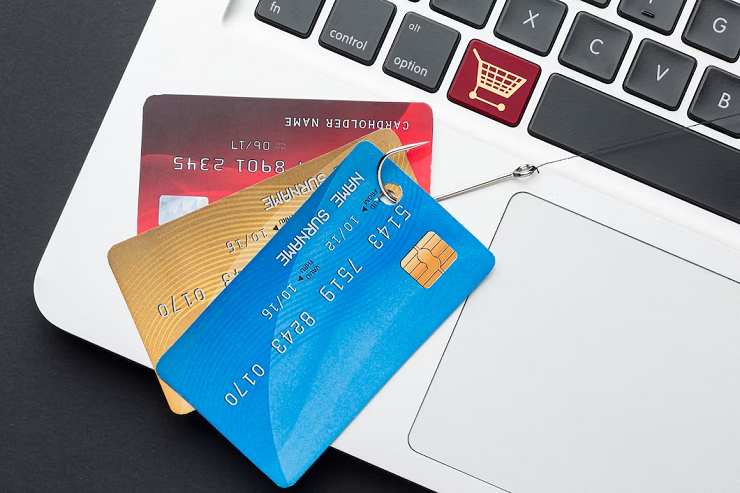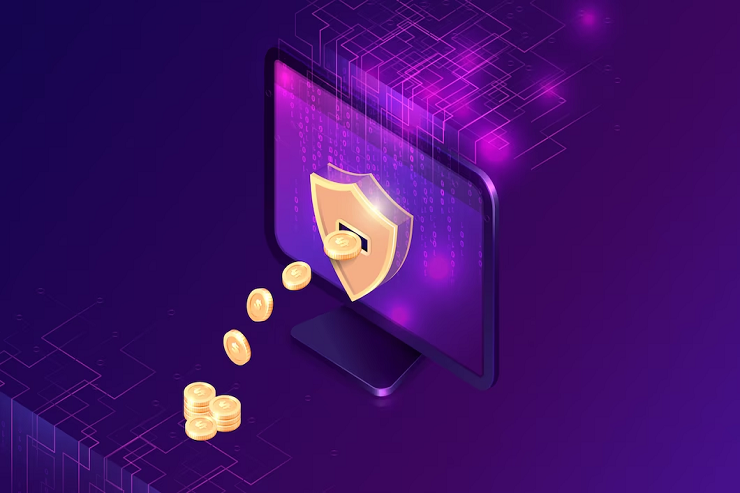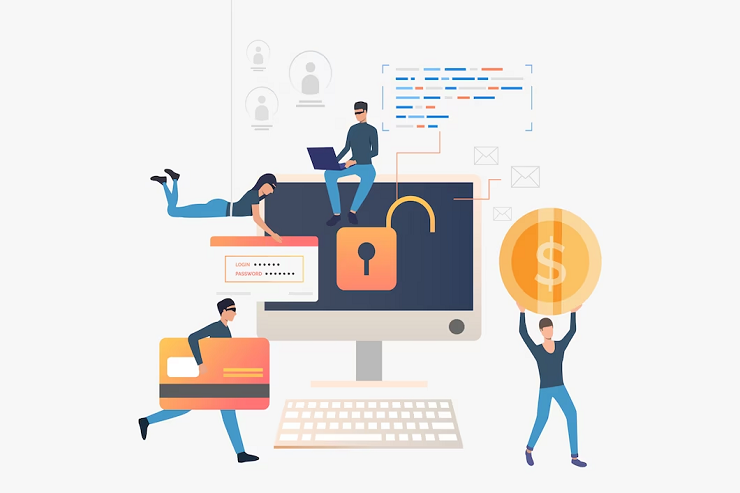
With technology becoming increasingly advanced, financial institutions have made accessing our accounts and payments online easier. This convenience has opened the door for fintech frauds targeting unsuspecting customers. We are all responsible for protecting our information from these malicious actors, and it’s important to know what steps you should take to stay safe.
In this article, we will discuss some tips that you can use to protect your financial data from fintech fraud. From using strong passwords to avoiding unsecured websites, read on to keep yourself secure in an increasingly digital world to prevent fintech fraud.
What Is Fintech Fraud?
Fintech fraud is a type of financial fraud that uses technology to perpetrate crimes. This can include anything from phishing scams and identity theft to more sophisticated attacks like data breaches and cybercrime.
Fintech fraudsters are constantly developing new ways to steal people’s personal and financial information. They may use malware to infect your computer or mobile device or impersonate a legitimate financial institution to trick you into giving them your sensitive data.
There are many ways to detect fraud in fintech. Be sure to do business with reputable companies, never click on links or attachments from unknown sources, and only give out your personal or financial information online if you are sure it is safe. If you suspect you may have been a victim of fintech fraud, contact your financial institution immediately.
How To Protect Yourself From Fintech Fraud?
Fintech fraud is rising, and knowing how to protect yourself is essential. Here are some tips:
- Think carefully before sharing personal information online. Hackers can use this information to access your financial accounts.
- Use strong passwords and two-factor authentication for all your online accounts, including financial statements.Keep the most recent security patches installed on your computer and mobile devices.
- Never open links or attachments in emails or texts from people you don’t know. These might be phishing schemes intended to steal your data.
- If you receive an unsolicited call from someone claiming to be from a financial institution, do not give out any personal information. Hang up and call the institution directly to verify the call’s legitimacy.
- Consider using an identity theft protection service. These services can help you monitor your credit report and alert you to suspicious activity.
- Remember physical security measures, such as shredding documents that contain personal information, before discarding them.
Following these tips can help protect yourself from fintech fraud and other types of cybercrime.

Tips To Avoid Fintech Fraud
Fintech fraud is on the rise, and there are a few simple steps you can take to protect your financial data. Here are a few tips to avoid fintech fraud:
Avoid unsolicited emails, phone calls, or text messages. If you receive unsolicited communication from someone claiming to be from a fintech company, do not respond or click on any links. As an alternative, speak with the business directly to confirm the communication.
- Never divulge private information to someone you don’t know or trust, including financial information. This includes providing information through an email, website, or social media platform.
- Use strong passwords and security measures when creating accounts with fintech companies. This includes using a unique password for each account and enabling two-factor authentication whenever possible.
- Keep tabs on your financial accounts and transactions. Regularly review your bank and credit card statements to identify any unauthorized activity. If you see something suspicious, report it immediately to your financial institution and the proper authorities.
These simple tips can help protect yourself from fintech fraudsters looking to exploit your personal and financial information. Be sure to stay informed about the latest trends and scams, so you can keep your data safe.
What To Do If You’re A Victim Of Fintech Fraud?
If you believe you are a victim of fintech fraud, it is essential to take action immediately.
- The first step is to contact your financial institution and file a report.
- Then, you should gather any documentation or evidence of the fraud. This may include emails, text messages, or screenshots of fraudulent activity.
- Once you have collected this information, you can file a complaint with the Consumer Financial Protection Bureau (CFPB).
- Protecting your credit after falling victim to fintech fraud is also essential. You can achieve this by adding a fraud alert to your credit report. This will notify creditors that you may have been a victim of fraud, and they will take extra steps to verify your identity before extending credit in your name.
- You can also consider freezing your credit, which will prevent new lines of credit from being opened in your name.
- Finally, you may consider consulting a lawyer or filing a lawsuit to seek compensation for the fraud. This is especially important if the fraud resulted in financial losses or damages you cannot recover.
By taking quick action and following these steps, you can help protect yourself from further harm and seek justice for any losses caused by fintech fraud.

Conclusion
In conclusion, protecting your financial data from fintech fraud is essential. These tips can help you stay safe and protected against those nefarious individuals looking to steal your data. Ensure you always use a secure connection when accessing your accounts, be aware of emails and text messages that appear suspicious, update the security features on your devices regularly, and do not share sensitive information with anyone. With these precautions, you can rest assured that your financial data will remain safe from malicious activity.
